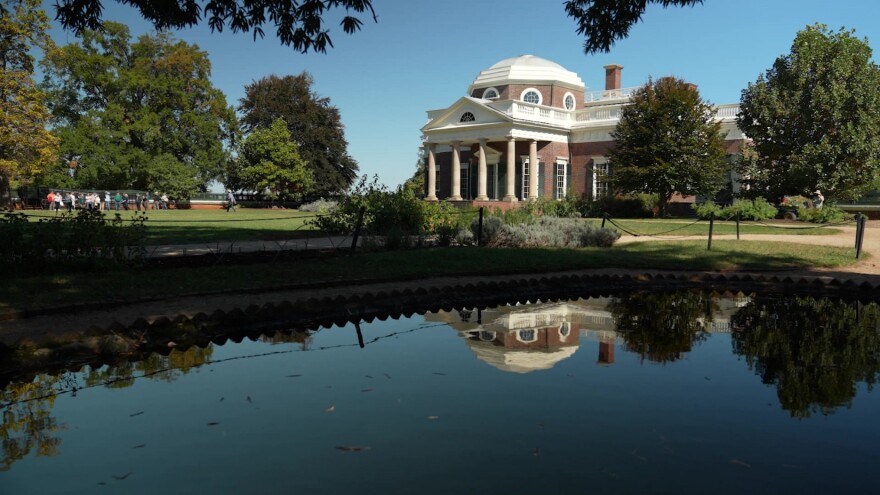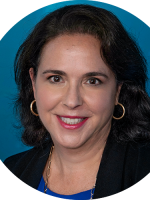As she walked the grounds of Monticello, Gayle Jessup White told the story of those who once lived there — Thomas Jefferson, who enslaved more than 600 people, and the families he forced to work there.
Jessup White, who works at Monticello as the public relations and community engagement officer, is related to both the Jefferson and Hemings families: “I couldn’t put together in my 13-year-old mind how a little Black kid growing up in Washington, D.C., could be related to the third president of the United States of America."
Through her family, Jessup White can trace her way back to Thomas Jefferson and Peter Hemings, Sally Hemings’ brother. Peter Hemings, who was also enslaved at Monticello, worked as a cook, tailor and master brewer. Jessup White, who initially learned about her ancestry through oral history, spent four decades tracing it back.
“This space for me is hallowed ground because I know my great-great-great grandfather was here,” she said. “I feel their sacrifice. I feel their suffering. But I also feel their joy.”
Andrew Davenport, director of the Getting Word Oral History Project, said more than 200 oral history interviews collected from people enslaved by Jefferson show a complex figure — the writer of the Declaration of Independence who declared all men are created equal, yet owned more than 600 people during his lifetime.
“They chose instead to talk about their family members, people that they know, places that they know,” Davenport said. “Each of them speak to personal flaws of Jefferson. Each of them speak to qualities of great brilliance in Jefferson.”

For decades, historians like Davenport have worked to preserve oral histories from those enslaved at Monticello to paint a more complete picture of their experiences and of Jefferson.
“We can look a historical figure in the eye and understand that they are flawed and brilliant at the same time,” Davenport said, “and doing both, I think, will be our gift to the American public moving forward.”
Jessup White said that level of complexity was “hard to face … . Especially since I admire him so, and especially since his blood runs through my veins.”
But she also said that learning more about her white ancestor’s complicated history, as well as hearing the stories of those he enslaved, has helped her come to terms with who they were — not as mythological figures, but as human beings.
“My ancestors literally built Monticello. Those people, my ancestors, made Monticello work,” said Jessup White. “And they represent the millions of people enslaved in the United States of America.”
For Jessup White, her search for truth has led her to not only find her ancestors, but also current relatives like her cousin, whose great-great grandfather is brother to her great-grandmother. He works just down the street, in fact.
His name? Andrew Davenport.
Last year, Jessup White also published her memoir, Reclamation: Sally Hemings, Thomas Jefferson and a Descendant's Search for her Family’s Lasting Legacy.
She hopes sharing her family story will help future generations better understand Jefferson and American history, and continue the work of honoring the enslaved people and their role in shaping this country: “Discovering this history has made me whole. It’s given me a family. It’s given me roots. It’s given me joy.”



